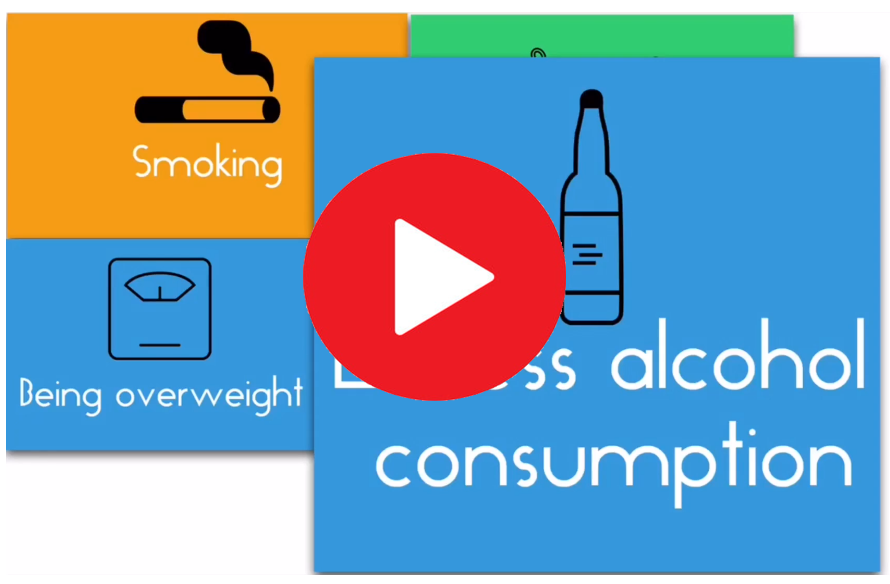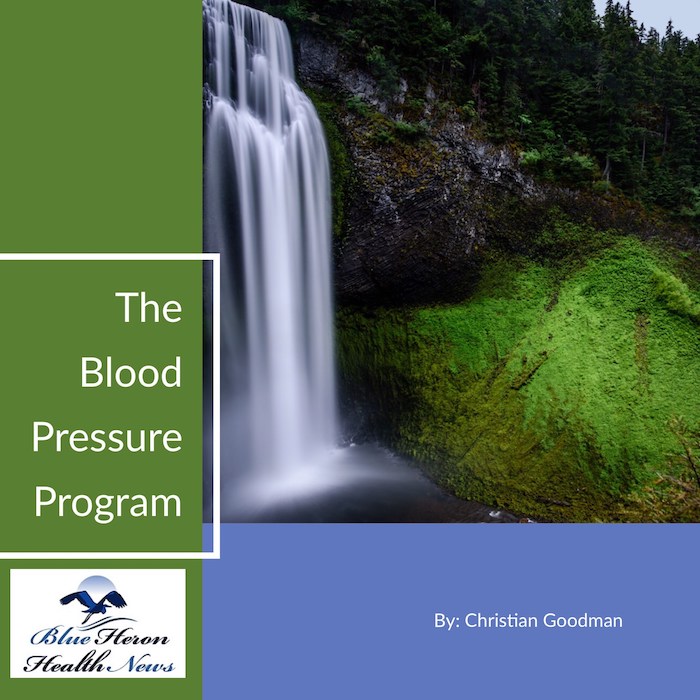The Bloodpressure Program™ By Christian Goodman The procedure is a very basic yet effective method to lessen the effects of high blood pressure. To some people, it sounds insane that just three workouts in a day can boost fitness levels and reduce blood pressure simultaneously. The knowledge and research gained in this blood pressure program were really impressive.
Innovations in Hypertension Drug Development
The development of new drugs for hypertension (high blood pressure) has been a dynamic area of research, driven by the need to address the limitations of existing therapies and the complex pathophysiology of hypertension. Recent innovations in hypertension drug development aim to enhance efficacy, reduce side effects, and provide more personalized treatment options. This comprehensive overview covers the latest advances in the field.
1. Overview of Current Hypertension Treatment Landscape
- Existing Drug Classes: The primary drug classes for hypertension include diuretics, ACE inhibitors, ARBs, calcium channel blockers, beta-blockers, and renin inhibitors. While effective, these drugs can have limitations, such as adverse effects, variability in patient response, and challenges with adherence.
- Unmet Needs: Despite the availability of these medications, many patients have resistant hypertension or experience side effects that limit the use of current therapies. There is also a need for drugs that target specific patient populations more effectively.
2. Novel Targets and Mechanisms of Action
A. Endothelin Receptor Antagonists
- Background: Endothelin is a potent vasoconstrictor that plays a role in blood pressure regulation. Elevated endothelin levels are associated with hypertension, particularly in patients with resistant hypertension.
- Mechanism: Endothelin receptor antagonists (ERAs) block the action of endothelin-1, leading to vasodilation and reduced blood pressure.
- Development Status: Drugs like bosentan and macitentan, initially developed for pulmonary arterial hypertension, are being investigated for systemic hypertension, particularly in cases resistant to standard therapy.
B. Dual Angiotensin Receptor-Neprilysin Inhibitors (ARNIs)
- Background: ARNIs represent a new class of drugs that combine an ARB with a neprilysin inhibitor. Neprilysin is an enzyme that breaks down natriuretic peptides, which are involved in reducing blood pressure.
- Mechanism: By inhibiting neprilysin, ARNIs increase levels of natriuretic peptides, leading to vasodilation, natriuresis, and reduced blood pressure. The ARB component blocks the effects of angiotensin II, further lowering blood pressure.
- Example: Sacubitril/valsartan (Entresto) is an ARNI currently used primarily for heart failure, but its potential in hypertension treatment is being explored, especially in patients with heart failure and hypertension.
C. Soluble Guanylate Cyclase (sGC) Stimulators
- Background: Nitric oxide (NO) is a crucial molecule in blood pressure regulation, promoting vasodilation via the cGMP pathway. In some hypertensive patients, NO signaling is impaired.
- Mechanism: sGC stimulators enhance the cGMP pathway, even in conditions where NO levels are low, leading to vasodilation and blood pressure reduction.
- Development Status: Drugs like riociguat, originally developed for pulmonary hypertension, are under investigation for systemic hypertension.
D. Aldosterone Synthase Inhibitors
- Background: Aldosterone plays a significant role in sodium retention and blood pressure regulation. Excessive aldosterone can contribute to hypertension, particularly in patients with primary aldosteronism.
- Mechanism: Aldosterone synthase inhibitors block the enzyme responsible for aldosterone production, reducing its levels and subsequently lowering blood pressure.
- Example: Baxdrostat (CYP11B2 inhibitor) is a novel aldosterone synthase inhibitor currently in clinical trials for hypertension.
3. Personalized Medicine and Pharmacogenomics
A. Genetic Profiling for Drug Response
- Overview: Pharmacogenomics involves tailoring hypertension treatment based on a patient’s genetic makeup. Genetic variations can influence how patients metabolize and respond to antihypertensive drugs.
- Application: Genetic testing can guide the selection of drugs that are more likely to be effective and have fewer side effects for individual patients. For example, patients with certain CYP2D6 polymorphisms may benefit from specific beta-blockers or require dose adjustments.
B. Biomarker-Driven Drug Development
- Overview: Biomarkers are measurable indicators of disease states or drug responses. In hypertension, biomarkers can help identify patients who are more likely to benefit from certain therapies or who are at risk for adverse effects.
- Example: Plasma renin activity is a biomarker that can help guide the use of renin-angiotensin-aldosterone system (RAAS) inhibitors. Similarly, the development of biomarkers for endothelial function or oxidative stress could lead to more targeted therapies.
4. Innovations in Drug Delivery Systems
A. Long-Acting Injectable Antihypertensives
- Overview: Patient adherence to daily oral antihypertensives is a significant challenge. Long-acting injectable formulations can improve adherence and provide more stable blood pressure control.
- Examples: Injectable formulations of drugs like spironolactone or new compounds designed for monthly or quarterly administration are being developed.
B. Implantable Devices
- Overview: Implantable devices that deliver antihypertensive drugs directly into the bloodstream offer a novel approach to drug delivery. These devices can provide continuous drug release, ensuring consistent blood pressure control.
- Examples: Investigations are ongoing into microchips and other implantable devices that could deliver drugs like beta-blockers or calcium channel blockers over extended periods.
C. Nanotechnology in Drug Delivery
- Overview: Nanotechnology offers a way to deliver antihypertensive drugs more precisely, potentially reducing side effects and improving efficacy. Nanoparticles can be designed to release drugs in response to specific physiological triggers.
- Applications: Targeted drug delivery systems using nanoparticles could enhance the efficacy of existing antihypertensives or enable the development of new drugs with fewer systemic effects.
5. Combination Therapies and Fixed-Dose Combinations
A. Rationale for Combination Therapies
- Overview: Combining drugs with different mechanisms of action can provide more effective blood pressure control while minimizing side effects. Fixed-dose combinations (FDCs) simplify treatment regimens and improve patient adherence.
- Innovations: New FDCs are being developed that combine novel agents with established drugs, such as combining ARNIs with calcium channel blockers or adding sGC stimulators to existing FDCs.
B. Synergistic Drug Combinations
- Overview: Synergistic combinations involve drugs that enhance each other’s effects, potentially allowing for lower doses and reduced side effects.
- Examples: Research is exploring combinations of drugs like aldosterone synthase inhibitors with sGC stimulators, or ERAs with ARBs, to achieve better blood pressure control.
6. Emerging Therapies and Future Directions
A. Gene Therapy
- Overview: Gene therapy offers a potential long-term solution for hypertension by targeting the genetic causes of the condition. This approach involves delivering genes that can correct or modify disease-causing processes.
- Current Research: Studies are investigating the use of viral vectors to deliver genes that increase NO production or reduce renin activity, with the aim of achieving sustained blood pressure reduction.
B. RNA-Based Therapies
- Overview: RNA-based therapies, including small interfering RNA (siRNA) and antisense oligonucleotides, can target specific genes involved in hypertension, offering a highly targeted treatment approach.
- Examples: RNA-based drugs that silence genes involved in the RAAS pathway or other hypertension-related pathways are in development, offering the potential for new therapeutic options.
C. Modulation of the Gut Microbiome
- Overview: Emerging evidence suggests that the gut microbiome plays a role in blood pressure regulation. Modulating the microbiome through probiotics, prebiotics, or microbiota transplantation could offer a novel approach to hypertension treatment.
- Current Research: Studies are exploring how specific bacterial strains or microbiome-modulating therapies can lower blood pressure, either alone or in combination with other treatments.
7. Challenges and Considerations in Hypertension Drug Development
A. Regulatory Challenges
- Overview: Developing new antihypertensive drugs involves navigating complex regulatory pathways. Ensuring that new therapies meet safety and efficacy standards is critical.
- Strategies: Collaborating with regulatory agencies early in the drug development process and conducting rigorous clinical trials are essential for overcoming these challenges.
B. Cost and Accessibility
- Overview: The cost of new hypertension drugs and therapies can be a barrier to widespread adoption, particularly in low- and middle-income countries.
- Considerations: Ensuring that new treatments are affordable and accessible is a key consideration in the development process. Pricing strategies, insurance coverage, and global health initiatives play a role in making these innovations available to a broader population.
C. Patient-Centered Approaches
- Overview: Patient preferences and individual health needs must be considered in the development and deployment of new hypertension treatments.
- Strategies: Engaging patients in the research and development process, offering personalized treatment options, and ensuring that new therapies are user-friendly are important for successful implementation.
Conclusion
Innovations in hypertension drug development are addressing the unmet needs of patients by targeting new pathways, enhancing drug delivery systems, and personalizing treatment based on genetic and biomarker data. These advancements hold the potential to improve blood pressure control, reduce cardiovascular risk, and enhance patient outcomes. However, challenges related to regulation, cost, and patient-centered care must be carefully managed to ensure that these innovations can be widely adopted and benefit those who need them most. As research continues, the future of hypertension treatment looks promising, with the potential for more effective, safer, and more personalized therapies.

The Bloodpressure Program™ By Christian Goodman The procedure is a very basic yet effective method to lessen the effects of high blood pressure. To some people, it sounds insane that just three workouts in a day can boost fitness levels and reduce blood pressure simultaneously. The knowledge and research gained in this blood pressure program were really impressive.
